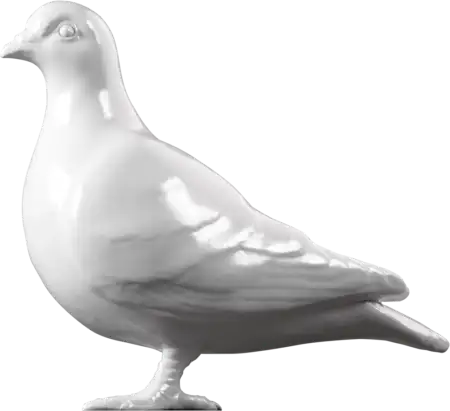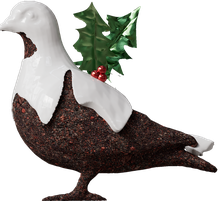Paintings, Prints & Drawings — 1808-05-01
Water Engine Cold Bath Fields Prison
Rudolph Ackermann began to publish views of the most well-known sites and buildings across contemporary London, with accompanying conversational historical text on each of the locations. He titled it The Microcosm of London, or London in Miniature. It was originally published in sections, which Ackermann called "numbers," beginning in 1808. These numbers were then later bound into volumes for those who wanted and could afford the whole set.
Ackermann had many contacts within London’s artistic community which enabled him to recruit the best artists and illustrators for his publications. His books and magazines were produced using the latest technologies with high-quality materials.
He brought together two of the most talented artists in London, each with their own special set of skills. Augustus Charles Pugin, a talented draftsman and artist who had been trained by John Nash, drew the architectural elements for the plates. Thomas Rowlandson, the noted caricaturist, drew the figures which populated Pugin’s architectural spaces. Ackermann also commissioned William Henry Pyne to write the text which accompanied the plates for the first two volumes. The text for the third was written by William Combe. Ackermann wrote the Introduction himself, Pyne and Combe provided a general history of each of the locations illustrated in the volumes.19 Vol I, page 126
The Middlesex House of Correction at Coldbath Fields in Clerkenwell was for adult male offenders. In the 1850s, it housed about 1300 prisoners. Those sentenced to hard labour had to work the large treadwheel and the crank. These tasks were known as 'useless or profitless work'. Offences punishable by hard labour included fraud, dog stealing, selling obscene prints, begging, sleeping in the open air and unlawful collection of dust.
- Category:
- Paintings, Prints & Drawings
- Object ID:
- 58.15/3
- Object name:
- Water Engine Cold Bath Fields Prison
- Object type:
- Related people:
- Related events:
- Related places:
- Production date:
- 1808-05-01
- Material:
paper, ink
- Measurements/duration:
- H 316 mm, W 259 mm (paper)
- Part of:
- —
- On display:
- —
- Record quality:
- 100%
- Part of this object:
- —
- Owner Status & Credit:
Permanent collection
- Copyright holder:
digital image © London Museum
- Image credit:
- —
- Creative commons usage:
- —
- License this image:
To license this image for commercial use, please contact the London Museum Picture Library.

